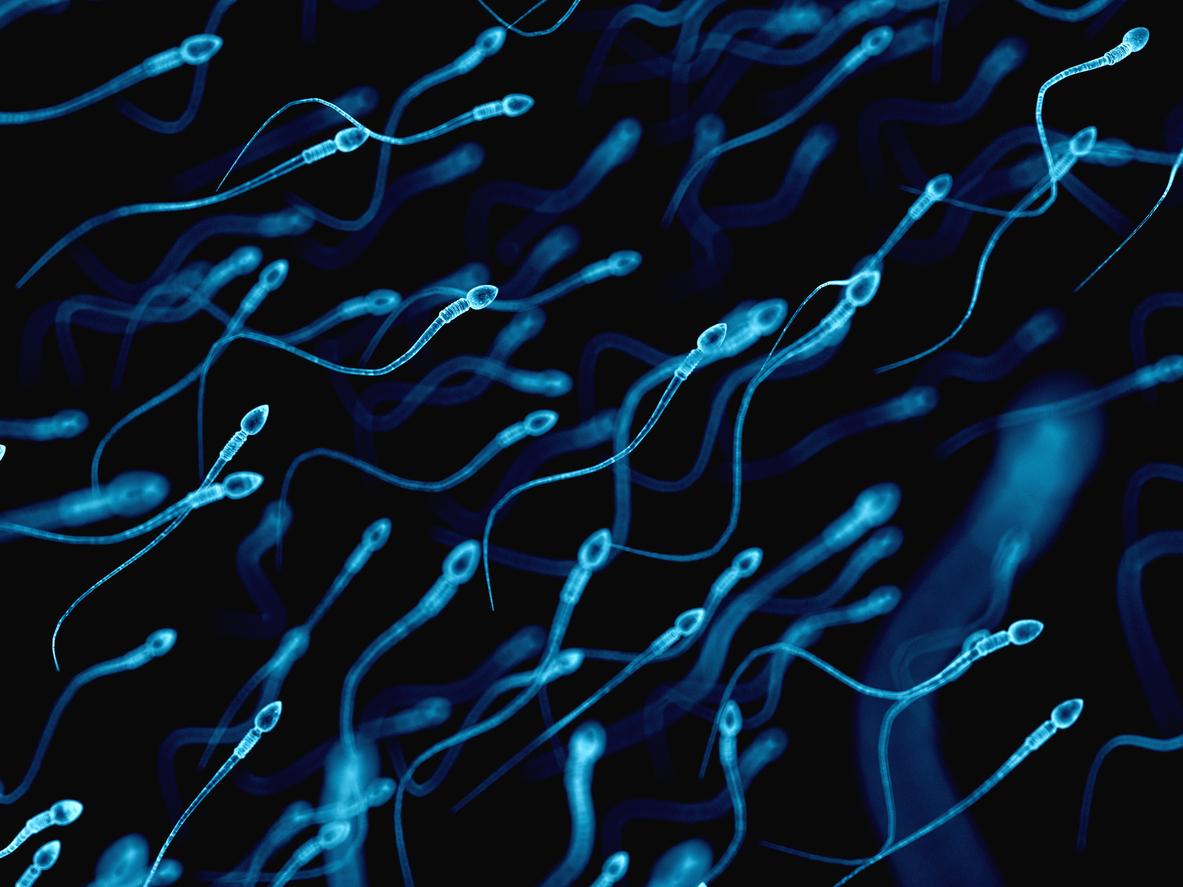This study, carried out on 26,600 men between 1989 and 2005, concludes that “a severe and general decrease in the concentration of sperm and its morphology on the scale of an entire country and over a significant period“.
During the seventeen years of research, the scientists found that the sperm concentration, measured by the millions of sperm per milliliter of semen, decreased by 1.9% per year, eventually reaching an overall drop of 32.2% over the period.
For a 35-year-old man, the average rose from 73.6 million / ml to 49.9 million / ml on average.
The quantity of sperm drops. But also the quality.
Indeed, the last surviving spermatozoa are more often malformed: the study shows a reduction of 33.4% in the proportion of spermatozoa of normal form. “This is a serious warning“, Alert the researchers, according to which”the connection with the environment in particular must be determined“. Endocrine disruptors, such as parabens, bisphenol A where the phthalates, seem to be the culprits of these modifications.
If the sperm concentrations observed during the study remain above the fertility standards set by the World Health Organization (WHO), the researchers estimate that below 55 million / ml the time required to reproduce can lengthen considerably.


















